- Home
- slideshows
- miscellaneous
- Heat waves and floods shattered records. Fires ravaged the Arctic and the Amazon. This was the climate crisis in 2019.
Heat waves and floods shattered records. Fires ravaged the Arctic and the Amazon. This was the climate crisis in 2019.
Atmospheric carbon dioxide has reached its highest level in at least 800,000 years.

Climate change is already leading to extreme weather that breaks records.
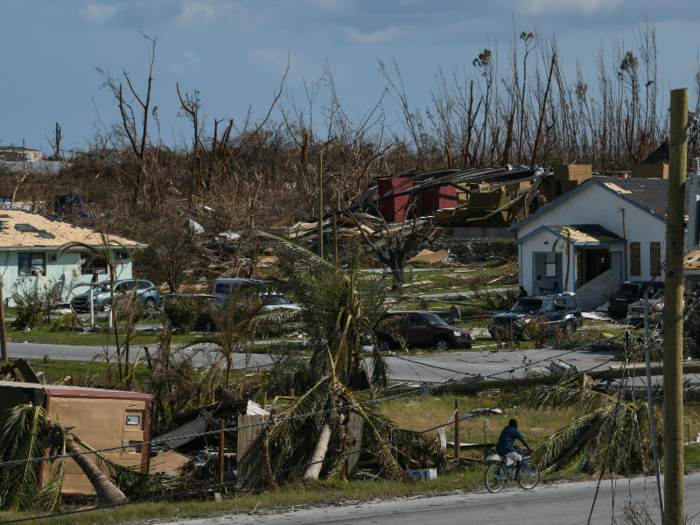
The year began with a record-shattering polar vortex that engulfed the US Midwest and eastern Canada, killing at least 21 people.
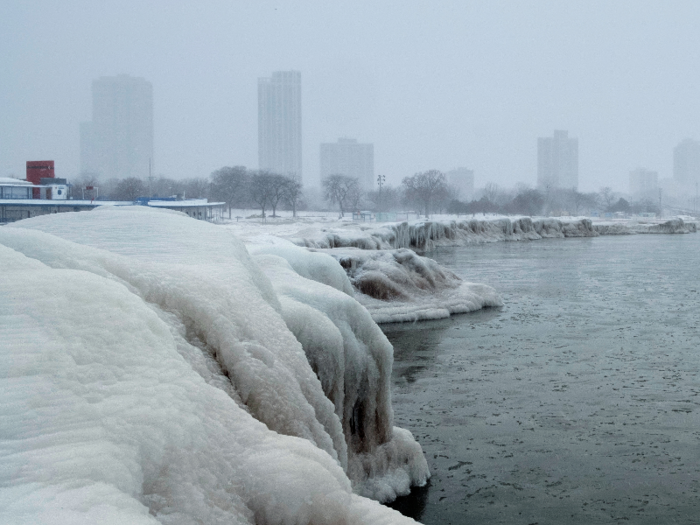
The vortex broke or tied over 340 daily low temperature records across the Midwest, according to the Midwestern Regional Climate Center.
Scientists are starting to understand how rapid warming in the Arctic can make cold snaps like this more frequent.
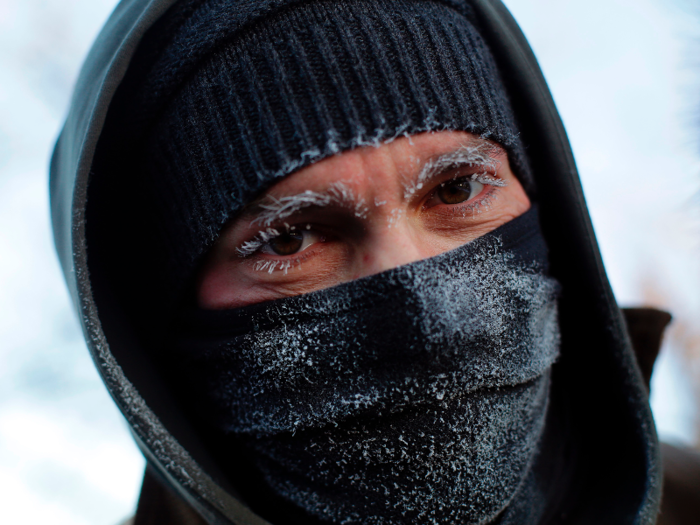
A growing body of research supports this link.
"Even in a warming world you can still have extreme cold," Judah Cohen, director of seasonal forecasting and atmospheric and environmental research at Verisk Business, previously told Business Insider. "I see a direct connection to changes in the Arctic — that it's warming faster than the rest of globe."
Because Arctic temperatures are rising at double the rate of the rest of the planet, the difference between temperatures at the North Pole and lower latitudes is decreasing.

Less disparity in temperatures means less difference between air-pressure levels, which weakens the jet stream that corrals freezing Arctic air around the North Pole. That weakness allows Arctic air to creep south, towards North America, Europe, and Asia.
When spring arrived, the Midwest saw record flooding as the Mississippi and Missouri rivers swelled under heavy rainfall.
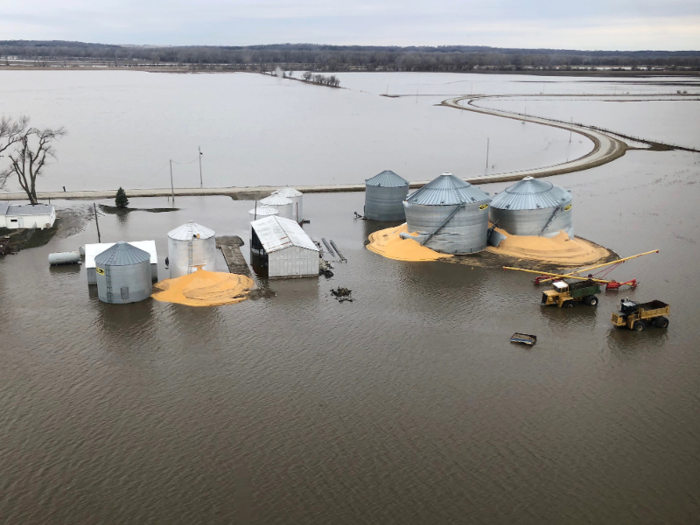
Warmer air holds more moisture, leading to more precipitation. The wettest 12-month period in recorded US history ended in May, and the resulting rain and snowfall continued feeding the rivers through June.
The floods delayed farming, destroyed property, and carried fertilizer into the Gulf of Mexico's "dead zone."
"I would describe it as biblical," Bryan Tuma, assistant director of Nebraska's Emergency Management Agency, told the New York Times.
Extreme weather in the first six months of 2019 displaced a record 7 million people worldwide.

No other year has ever seen disasters uproot so many people in its first six months, according to the Internal Displacement Monitoring Center (IDMC).
That's because cyclone Fani (which struck India and Bangladesh) and cyclone Idai (off the southeastern coast of Africa) forced about 4 million people to evacuate. Devastating floods affected Ethiopia, Bolivia, the Philippines, and 90% of Iran.
The Internal Displacement Monitoring Center said it expects 2019 to be one of the worst years on record for this type of displacement.
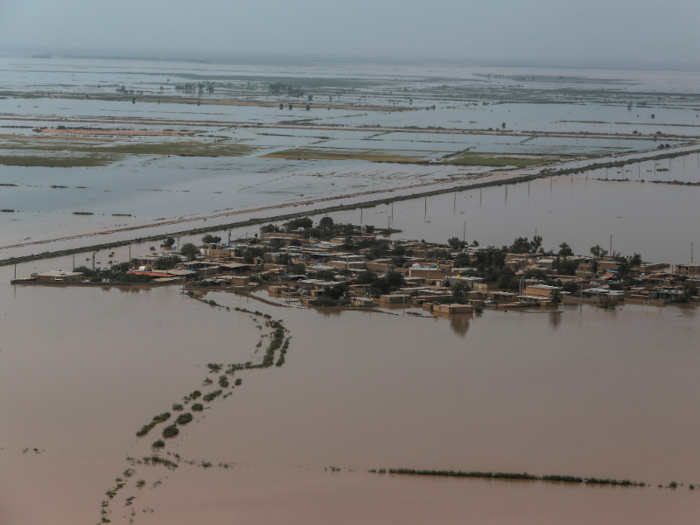
"On the basis of past trends and the fact that the majority of weather-related hazards occur in the latter half of the year, IDMC estimates that the number of new displacements associated with disasters will more than triple by the end of the year to around 22 million," the IDMC said in a press release.
The summer was sweltering. July was the hottest month ever recorded.
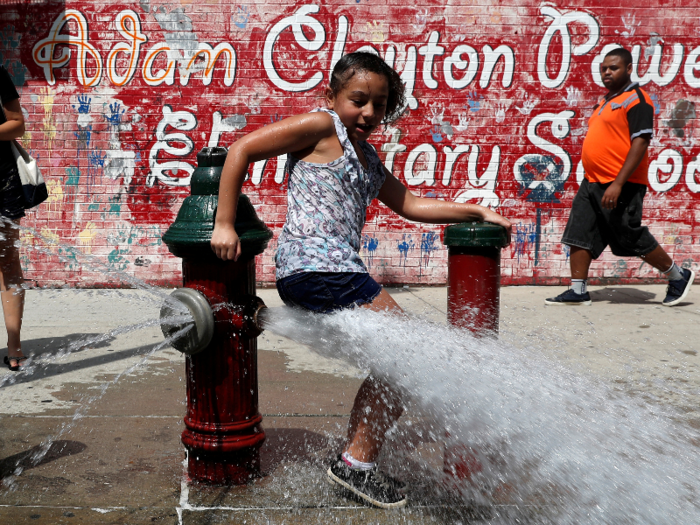
Nine of the 10 hottest Julys on record — the National Oceanic and Atmospheric Administration (NOAA) started keeping track in 1880 — have occurred since 2005.
Two record-breaking heat waves swept across Europe — one in June, then another in July.
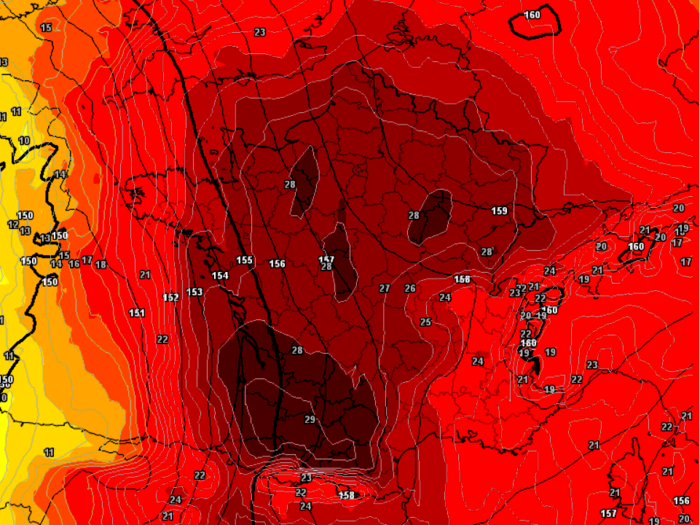
Cities in France and Finland saw their hottest days ever. Belgium, Germany, Luxembourg, the UK, and the Netherlands recorded temperatures above 40 degrees Celsius (104 degrees Fahrenheit) for the first time.
According to World Weather Attribution — an international partnership of climate research centers — temperatures during the heat wave would have been 1.5 to 3 degrees Celsius lower across all locations without climate change.
June 28, 2019 is now the hottest day ever recorded in France.
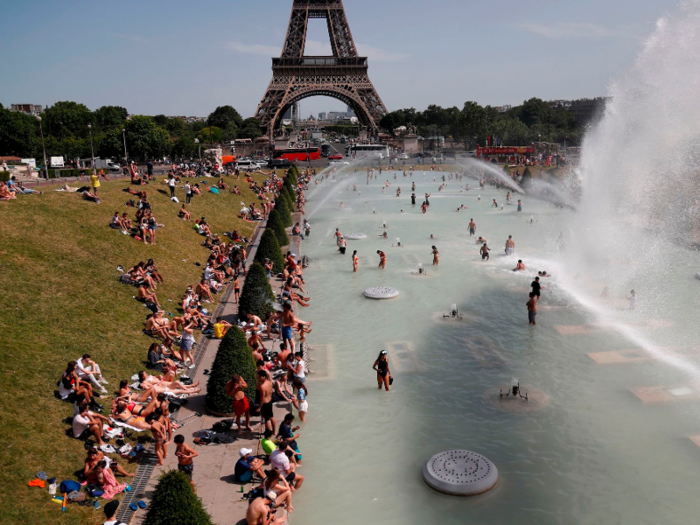
The town of Gallargues-le-Montueux on France's southern coast hit a blistering 114.6 degrees Fahrenheit (45.9 degrees Celsius).
"Today is the hottest day in the history of France," meteorologist Eric Holthaus tweeted.
The country's previous national temperature record, 111.4 degrees Fahrenheit (44.1 degrees Celsius), was set in August 2003.
When the European heat wave washed over Greenland, it induced ice melt that even the most pessimistic climate models hadn't expected to see until 2070.
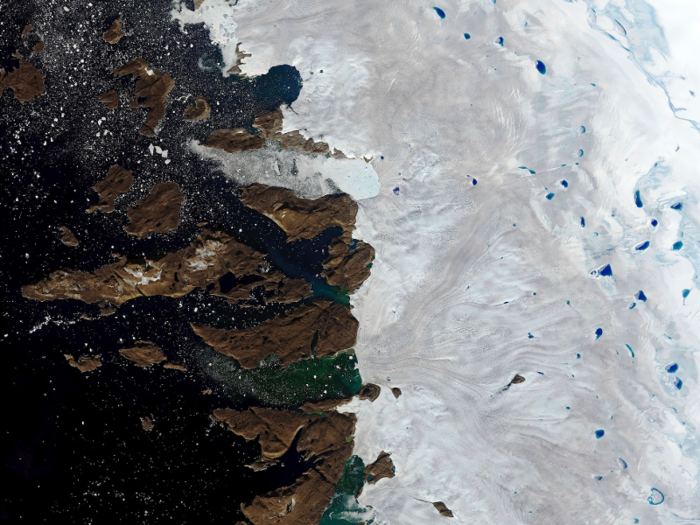
On August 1, Greenland's ice sheet lost 12.5 billion tons of ice — more than any day since researchers started recording ice loss in 1950, The Washington Post reported.
The ice sheet lost 55 billion tons of water over five days in July and August, which is enough to cover the state of Florida in almost 5 inches of water.
Similar heat waves swept the US and Japan in July.
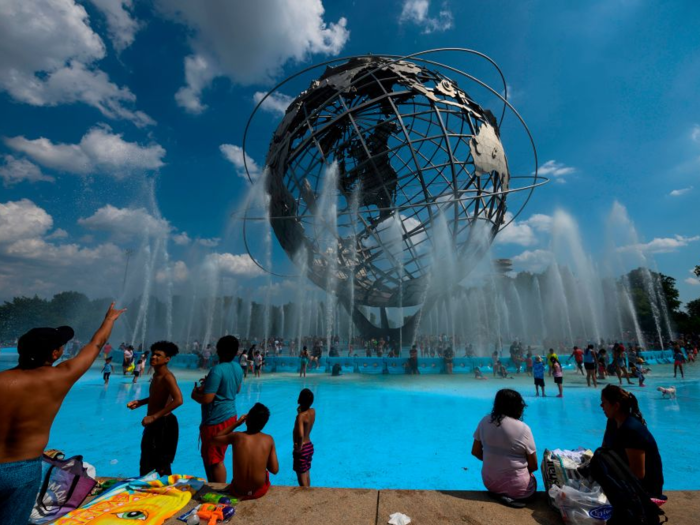
Every month this summer saw record heat, continuing into October. So far, 2019 is the second-hottest year since records began 140 years ago.

This year also saw the hottest June and hottest September on record. August and October were the second-hottest of those months, according to NOAA.
The extreme heat depleted Arctic sea ice, which reached its lowest point ever for the month of July.
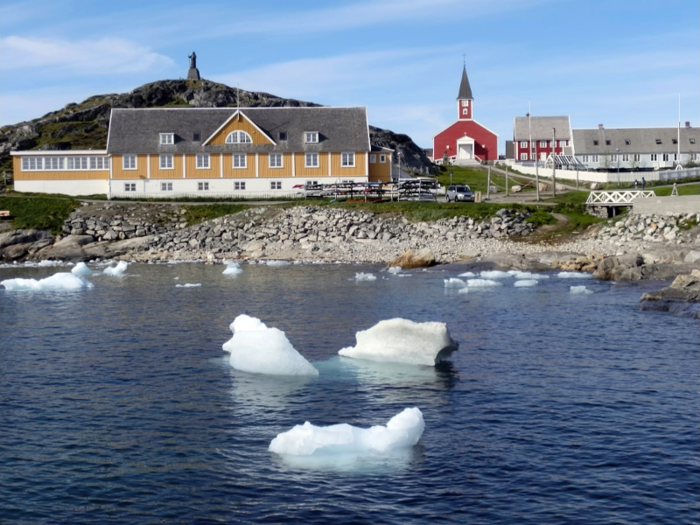
The ice cover was 19.8% below average.
By September, the sea ice had shrunk to 1.6 million square miles — its second-lowest extent in the 41-year record.
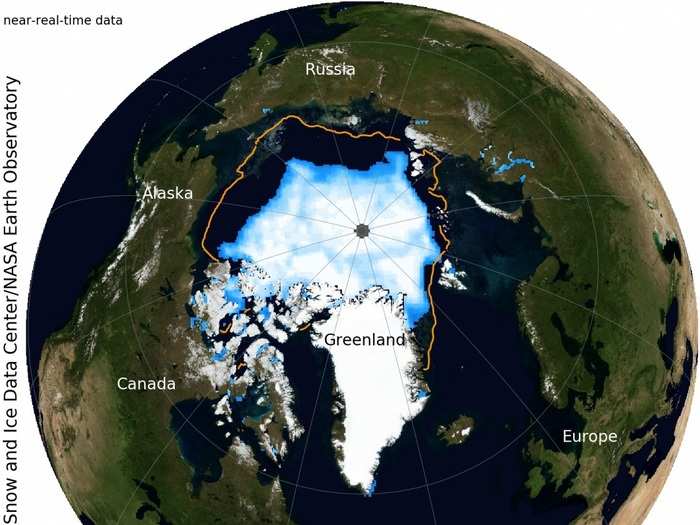
The 2019 minimum extent tied for second-lowest with 2007 and 2018. It was just above the record low of 1.3 million square miles in 2012.
Then coverage reached the lowest October extent ever recorded, at 32.2% below average.
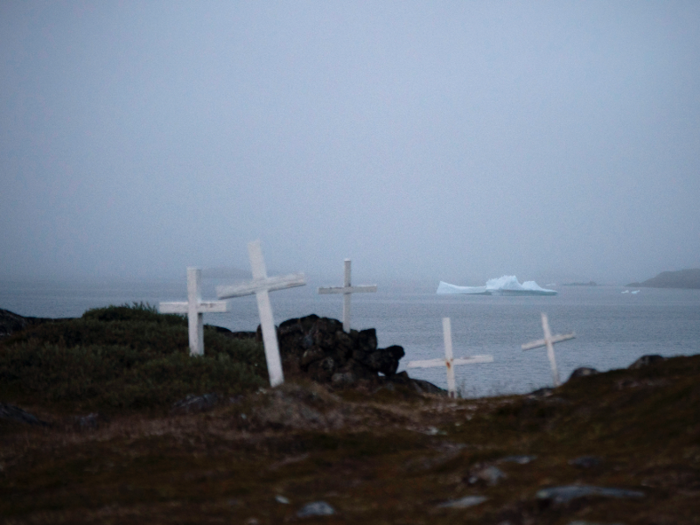
The more sea ice the Arctic loses, the more remaining ice melts.
"You take what was a reflective surface, the white ice, and you expose darker oceans underneath it," Kelly Levin, a senior associate at the World Resources Institute's climate program, told Business Insider. "That can lead to a much greater absorption of solar radiation, and knock-on warming impacts as well as change of weather patterns."
At Earth's opposite pole, Antarctic sea ice reached its lowest June coverage on record.
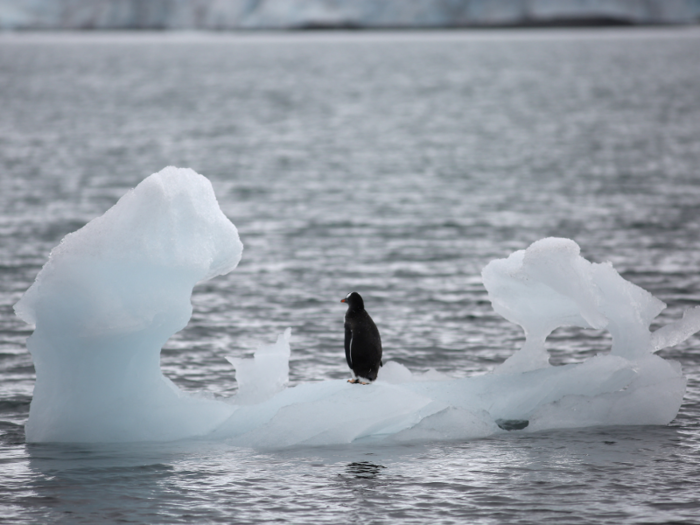
It surpassed its previous record from 2012.
Unprecedented wildfires raged across Siberia, Greenland, and Alaska all summer.
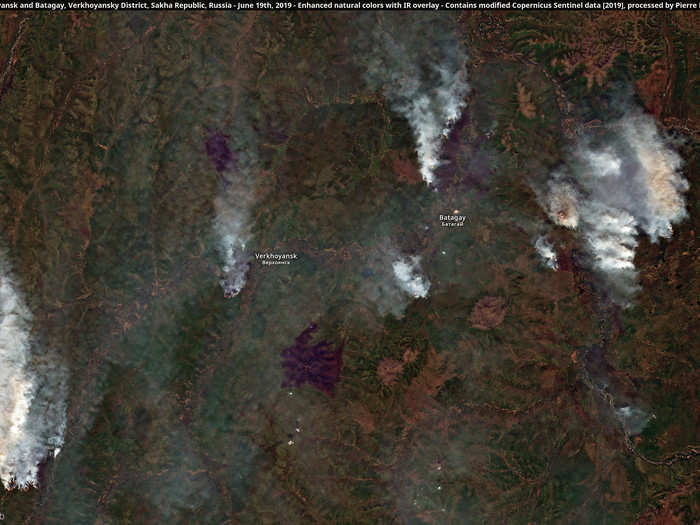
As temperatures in Alaska reached record highs up to 90 degrees Fahrenheit, hundreds of intense blazes burned.
"Temperatures in the Arctic have been increasing at a much faster rate than the global average, and warmer conditions encourage fires to grow and persist once they have been ignited," Mark Parrington, a CAMS wildfire expert, said in a July release.
Those forest fires released more carbon dioxide than they ever had before.
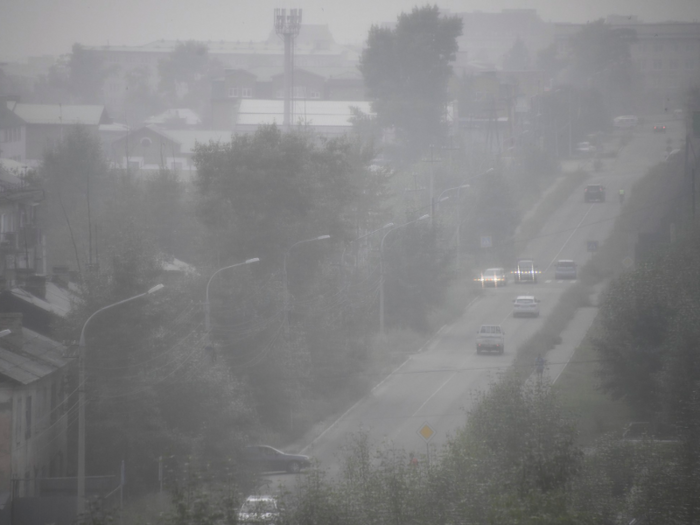
In June, Arctic fires released 50 metric megatons of carbon dioxide — as much as Sweden emits in one year, according to the World Meteorological Association. That was more emissions than from all June Arctic fires between 2010 and 2018 combined.
In July, the fires released another 75.5 megatons. That's more than double the Arctic fire emissions for July 2018.
Humans lit fires in the Amazon rainforest. Unusually hot, dry air made it easier for the flames to spread at unprecedented rates.

This year so far, scientists have recorded more than 183,000 fires in Brazil. In the 12 months leading up to the big fires in August, Amazon deforestation reached its highest rate in 11 years, according to government data.
Big wildfires like this are not a natural part of the Amazon rainforest ecosystem. People set the forest ablaze — usually farmers and loggers who clear land for agriculture.
The Amazon's humidity usually stifles these fires before they get too big, but this year was particularly hot and dry.
A different kind of extreme weather brewed in the Caribbean. Hurricane Dorian tied the record for the strongest Atlantic hurricane landfall ever.
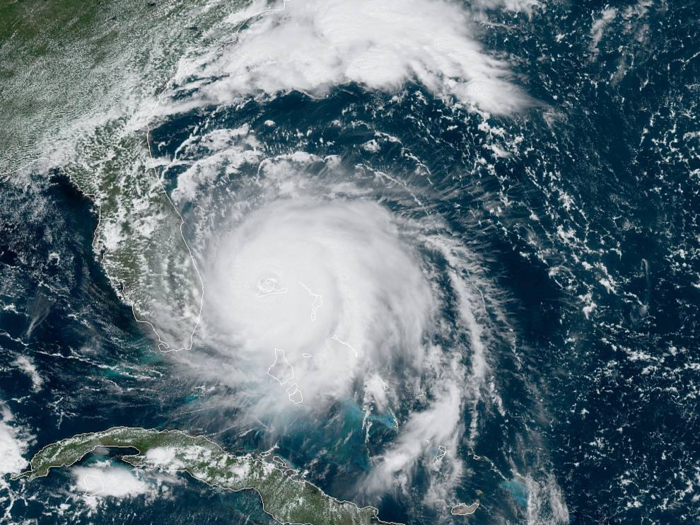
It struck the Bahamas as a Category 5 storm with sustained wind speeds of 185 mph.
Dorian made the most powerful landfall the Bahamas had ever seen. Then it sat over the island of Grand Bahama for nearly 24 hours.
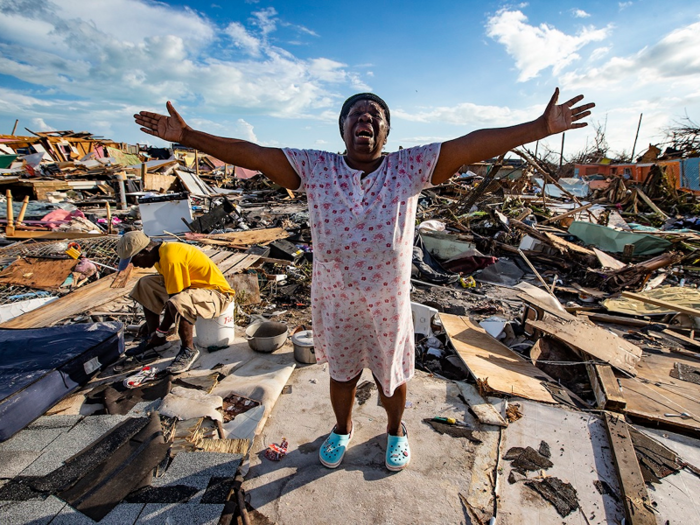
"The slower you go, that means more rain. That means more time that you're going to have those winds. That's a long period of time to have hurricane-force winds," National Hurricane Center director Ken Graham said in a Facebook Live video as Dorian approached the Bahamas.
Meanwhile, Hurricane Lorenzo traveled farther northeast in the Atlantic than any Category 5 storm had ever gone. It menaced parts of the UK.
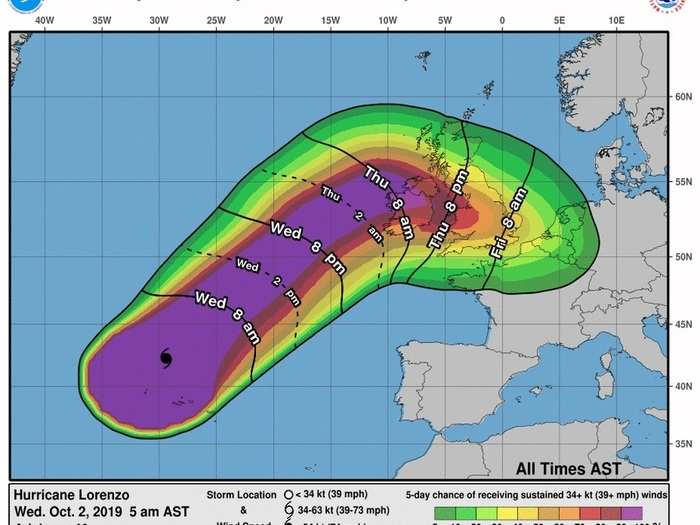
Because water temperatures decreased as Lorenzo moved north, it weakened before making landfall.
Storm systems are complex, and scientists can't attribute any single storm to climate change. But global warming is making hurricanes stronger, wetter, and slower.
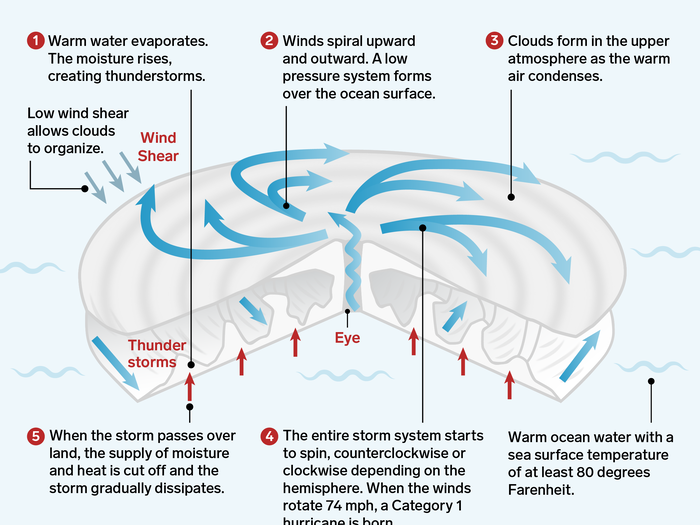
That's because hurricanes use warm water as fuel. Warmer air also holds more moisture, which enables tropical storms to strengthen and unleash more precipitation.
"With warmer oceans caused by global warming, we can expect the strongest storms to get stronger," James Elzner, an atmospheric scientist at Florida State University, told Yale Climate Connections in 2016.
Meanwhile, satellites revealed that the world's largest, smelliest seaweed bloom now stretches from the coast of West Africa to the Gulf of Mexico.
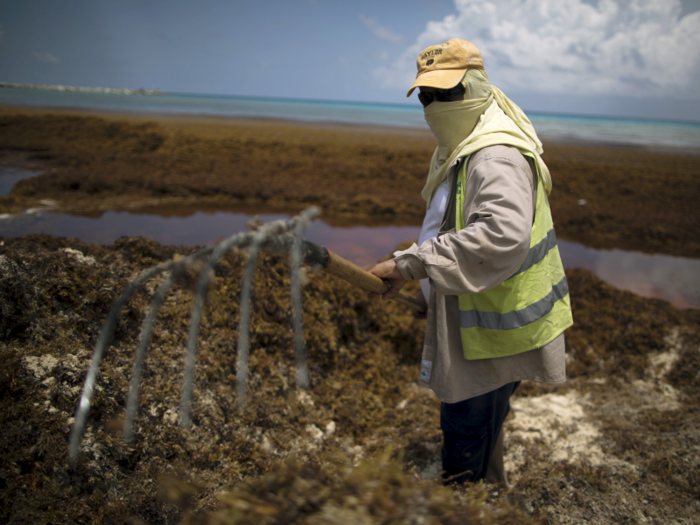
The brown seaweed, called Sargassum, has stunk up beaches in the Caribbean, Gulf of Mexico, and Florida's eastern coast. When the seaweed forms a mat over the water's surface, it can suffocate marine animals.
"The ocean's chemistry must have changed in order for the blooms to get so out of hand," Chuanmin Hu, the lead researcher on a study about the seaweed, in a press release.
Across the ocean, Venice flooded with its second-highest tide on record last week.
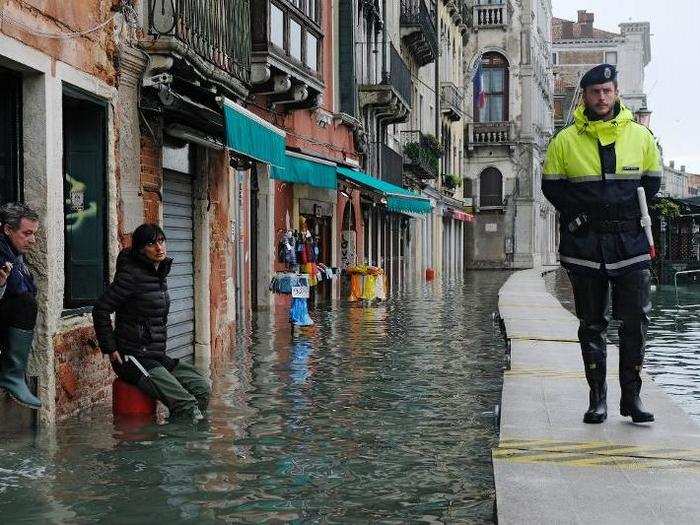
Six feet of water blanketed the city on November 12. As sea levels rise, Venice could be permanently underwater by the end of the century.
Aylin Woodward contributed reporting to this post.
Popular Right Now
Popular Keywords
Advertisement